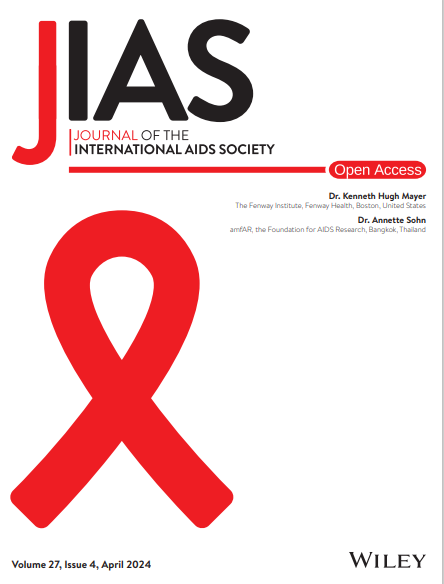“From an HCV and HIV point of view, it's been remarkable”: A qualitative study about using prescribed safer supply to support people who use drugs along the HIV and HCV prevention and treatment cascades in Ontario, Canada
Abstract
Introduction
Despite advances in HIV and hepatitis C virus (HCV) treatment, people who use drugs (PWUD) face significant barriers along prevention and treatment cascades. Safer supply programmes (SSPs) providing prescribed pharmaceutical alternatives to the unregulated drug supply may create opportunities for enhanced healthcare engagement and person-centred care.
Methods
We conducted a qualitative study examining four SSPs in Ontario, Canada between February and October 2021. Semi-structured interviews were conducted with 52 patients and 21 providers (including physicians, registered nurse practitioners, nurses and allied health professionals). Interviews explored experiences with safer supply and HIV/HCV care. Analysis used thematic techniques guided by the Consolidated Framework for Implementation Research.
Results
SSPs supported HIV/HCV care by first addressing patients’ substance use needs, which created subsequent opportunities for building trust for broader health engagement. Providers identified the safer supply model as giving PWUD something they wanted, which then opened opportunities to discuss HIV, HCV, and other sexually transmitted and blood-borne infections. SSPs provided opportunities to support patients with HIV and HCV testing and treatment initiation, and safer supply medications were bundled with HIV and HCV medications to support adherence. Non-punitive approaches helped overcome previous negative healthcare experiences by prioritizing patient autonomy. Implementation challenges included balancing flexible, patient-directed care with programme requirements and coordinating comprehensive services around individual needs.
Conclusions
SSPs may improve HIV/HCV care delivery for PWUD by building services around their priorities and lived realities. The integration of safer supply with HIV/HCV care through daily dispensing and wraparound services showed promise for engaging people previously disconnected from care. While findings suggested improved treatment outcomes, limitations included data collection during COVID-19, limited representation of some populations and a focus on opioid-only programmes. Research examining long-term outcomes and programme sustainability is needed as SSPs face growing scrutiny and closure in Canada.


 求助内容:
求助内容: 应助结果提醒方式:
应助结果提醒方式:


